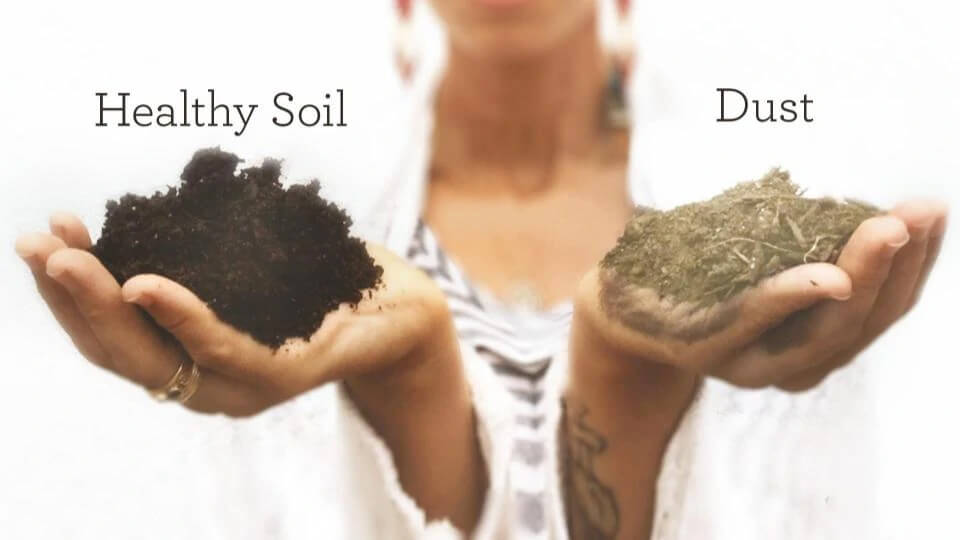
Why Regenerative Farming Is the Future of Viticulture
October 8, 2025
In the world of wine, we often talk about legacy—of land, of winemaking tradition, of family estates passed down through generations. But as climate challenges mount and soil health declines across global wine regions, it’s time we ask ourselves: what kind of legacy are we really leaving behind?
Enter regenerative viticulture—a farming philosophy and practice that goes beyond sustainability to actively restore ecosystems, improve soil health, and enhance biodiversity in the vineyard. It’s not just a trend. It’s a necessary evolution.
What Is Regenerative Viticulture?
Unlike conventional agriculture—which often prioritizes yield and short-term efficiency—regenerative farming focuses on healing the land. It includes practices like:
- Cover cropping to reduce erosion and enhance soil life
- Composting to return organic matter to the earth
- Minimal tillage to protect fungal networks and carbon stores
- Integrating livestock or natural pest control to foster balanced ecosystems
- Reducing or eliminating synthetic inputs, creating a closed-loop system
In the vineyard, these practices can seem subtle—but the effects are profound.
The Benefits Go Beyond the Soil
- Soil Health = Wine Quality
Healthy soil means deeper-rooted vines, better water retention, and increased microbial activity—all of which lead to more resilient vines and more expressive fruit. Terroir doesn’t speak through depleted soil. - Climate Resilience
As heat spikes, drought, and erratic weather become the new normal, regenerative practices can buffer vines against stress. Building soil organic matter increases water-holding capacity and helps regulate vine response to climate extremes. - Carbon Sequestration
Regenerative vineyards can become carbon sinks. Practices like cover cropping and reduced tillage help capture and store atmospheric carbon—making winegrowing part of the climate solution, not just the problem. - Biodiversity and Ecosystem Services
More insects, birds, and microbial life means a more balanced and self-regulating environment. That translates to fewer pests, healthier vines, and reduced need for interventions. - Consumer Alignment
Wine lovers—especially younger generations—are increasingly values-driven. A transparent, regenerative approach to farming builds brand integrity and creates deeper emotional connections with consumers.
A Call for Collaboration
The shift to regenerative viticulture doesn’t happen overnight. It requires investment, training, and often, a mindset shift. But collaboration across wine regions, research institutions, and growers is making this transformation possible.
Some of the most iconic estates in Napa, Burgundy, and Central Otago are already leading the charge. But this isn’t just for elite vineyards. It’s scalable, adaptable, and necessary at all levels.
The Bottom Line
Regenerative farming isn’t about going back in time. It’s about moving forward—smarter, more connected, and more responsible. It’s about producing wines that not only reflect place but protect it.
In an industry that prides itself on caring for the land, regenerative viticulture is how we truly walk the talk.
Let’s farm for flavor, for future generations, and for a planet that desperately needs us to do better.
